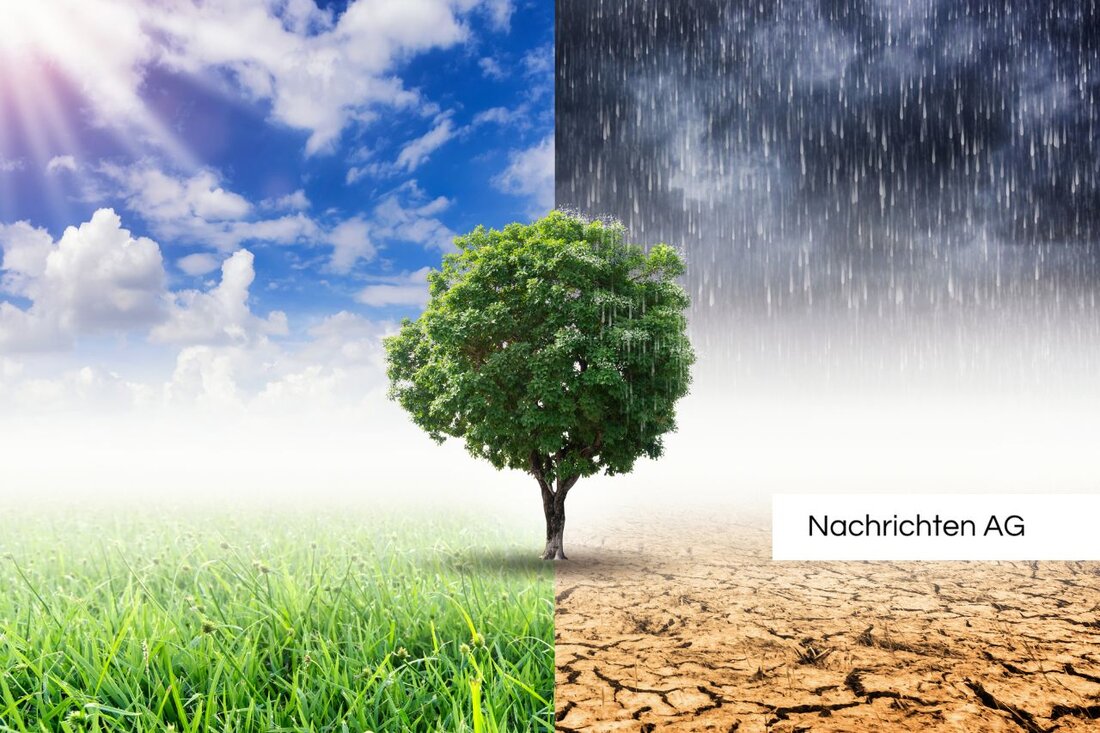Drought catastrophe: Germany is sinking into water stress!
The water shortage in Dahme-Spreewald in the context of the extreme drought in 2025: causes, effects and necessary measures.

Drought catastrophe: Germany is sinking into water stress!
The drought in Germany has reached alarming proportions in recent years. In spring 2023, the country recorded a record drought, which was documented in detail by the German Weather Service. February to May saw the lowest rainfall since records began, making the situation particularly worrying Picture describes. This extreme weather situation not only has an impact on the environment, but also on the everyday lives of citizens.
Drastic measures to withdraw water from rivers and lakes have been introduced in several regions, including Brandenburg and Saxony. For example, the withdrawal of water from bodies of water in the Altmarkkreis Salzwedel has been prohibited since June 24th. Sprinkling lawns is also prohibited in some areas in order to conserve valuable water resources. Forecasts indicate continued drought, which could be accompanied by a heat wave, which would further worsen the situation.
Irrigation ban and water shortage
The water shortage is not only reflected in drainage systems, but also in people's everyday lives. In Jerichower Land there has been a ban on the use of groundwater and drinking water for irrigation between 10 a.m. and 7 p.m. since June 26th. In addition, the Helmholtz Center for Environmental Research's drought monitor reports a high drought intensity, which is associated with the lowest groundwater levels in Saxony. 80 percent of the measuring points record alarmingly low values.
A look at Lower Saxony shows that in the Hanover region, public and private green spaces are not allowed to be watered from 11 a.m. to 5 p.m. at temperatures above 27 degrees, with penalties of up to 50,000 euros for violations. In Dessau-Roßlau, similar regulations will come into force from July 1st to secure the water supply. These measures are a direct result of the ongoing drought, which the German Weather Service classifies as the driest since 1931, with extremely low rainfall of only 21% in March 2025 compared to the reference period 1991-2020.
The effects of climate change
The causes of this crisis are complex. Climate change has not only significantly influenced the distribution of precipitation, but also leads to a large number of other so-called extreme events. According to the scientists at GreenKama Changes in the water cycle have manifested themselves globally, putting water resources under increasing stress. In Germany, it is predicted that climate change will continue to influence precipitation patterns and that drought could become more frequent in the coming years.
The northern and northeastern parts of the country are particularly affected, where the measuring stations recorded only 9 l/m² of rainfall in March. While the Federal Ministry for the Environment and the Federal Environment Agency want to take countermeasures with projects like WADKlim, the current situation requires a society-wide approach. Citizens are encouraged to conserve water and implement environmentally conscious practices to improve drinking water availability.
The drought also has far-reaching consequences for agriculture and ecosystems. The loss of soil moisture and the negative impact on plants and animals could have serious long-term consequences, which will also be noticeable in food production. In the context of the current circumstances, it is clear that a rethink in society is urgently needed in order to prevent future water shortages. The Federal Environment Agency highlights that sustainable water management strategies are of utmost importance in order to meet the challenges of the future.

 Suche
Suche
 Mein Konto
Mein Konto